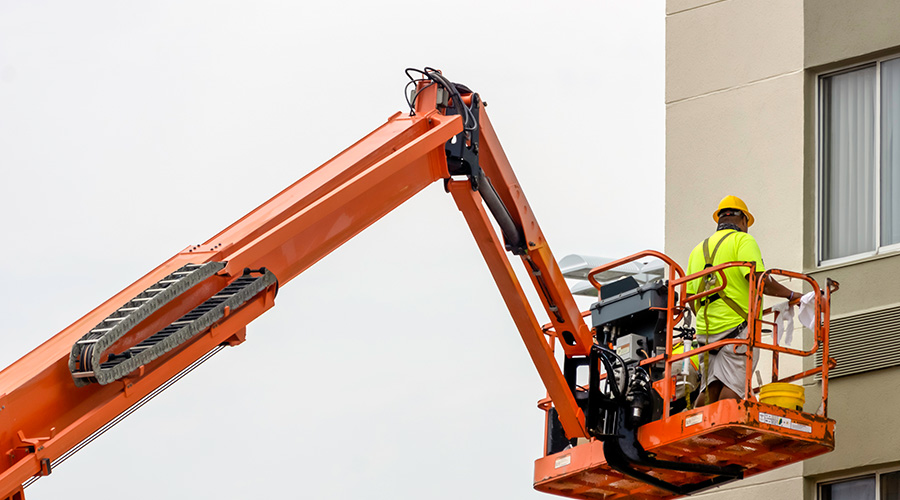Inventory: CMMS Captures Critical Data
The flow of spare parts and replacement equipment into institutional and commercial facilities is constant. But in too many cases, maintenance and engineering departments manage these materials inefficiently. The result is wasted money and time.
Maintenance and engineering technicians on average spend 18 percent of their time looking for parts and 24-26 percent of their time going to and from the job site. But less than 75 percent of the time do most facilities capture data that tracks these types of activities and materials.
I recently visited a large university to review its storeroom for maintenance, repair and operations (MRO). I found a beautiful, well-organized and arranged storeroom. But nobody uses it. Despite its many good qualities, technicians avoid it because they believe it is easier to purchase materials they need at a local store. They pay for most of these transactions by credit card and do not document them.
As a result, the department does not capture much data on the materials the technicians used for tasks for a specific site, equipment, or building. By not documenting these actions, the department effectively loses savings opportunities, valuable information, and, more importantly, money.
Streamlining the flow of materials can seem overwhelming to managers, but starting small can pay big dividends. The primary goal is to identify and address the low-hanging fruit of inventory management: easy changes managers can make to reduce waste and improve the efficiency of front-line technicians. Managers can take small, fundamental steps to exponentially increase the effectiveness of managing materials.
Accounting for Inventory
A computerized maintenance management system (CMMS) is the central nervous system of any maintenance and engineering department. Essentially, it is the accounting system every department uses to accomplish its goals, but few organizations have a formal training system in place to maximize its capabilities. To fully optimize a CMMS, managers must ensure it captures two pieces of basic information.
First, the system must capture data on all assets, organize the data using an equipment hierarchy or parent-child relationships, and brand the data with a unique identifier, including location.
Second, it must capture data related to all activities on work orders. Technicians must be able to go to the correct site, make the correct repair, and document the work so managers can build the database.
Departments also must implement a formal training plan for using the system and entering data properly. Managers can accomplish this by developing single-point lessons (SPL), which are short references created for quick understanding and correct use. For example, one SPL shows keystrokes technicians need to know to enter time, materials, work requests, and notes.
These steps lead to the second area of improvements. By capturing time, materials, and the work technicians perform, managers are building a work-order history. This process helps them determine the items storerooms should stock, their quantity, and their specifications.
Related Topics:














